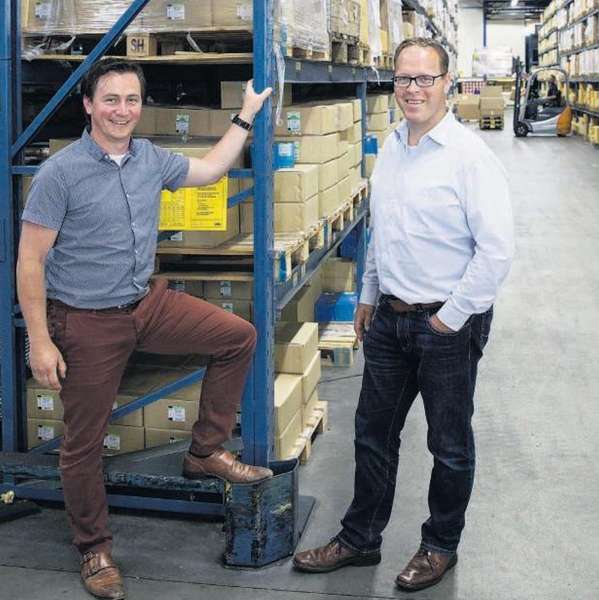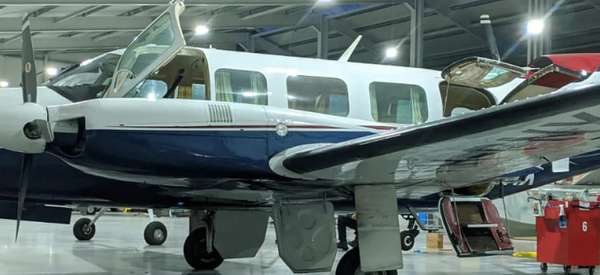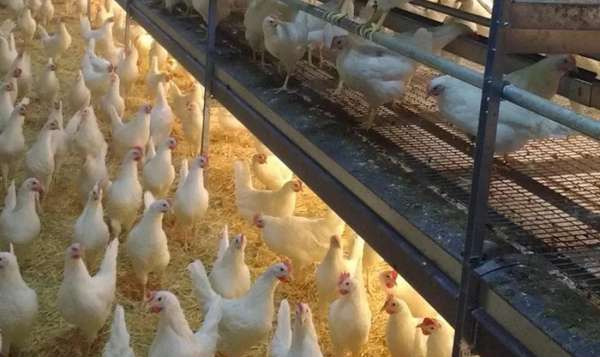Poultry farmers positive about particulate matter reduction
Oct. 20, 2020
Poultry farmers positive about particulate matter reduction

PEV trial outlines experiences from the Gelderse Valley
Several poultry farmers from the Gelderse Valley have been testing a technique since November 2017 to reduce the particulate matter concentration in their barns and thus reduce emissions from their barns. PEV coordinated this project. Of the 21 innovations registered for the project, PEV selected ten. Important criteria were: feasible and affordable, applicable in new and existing stables and leading to an improvement of the indoor climate. Eight innovations were tested on poultry farms and a preliminary study was conducted for two innovations. As a result, four techniques have been added to the national list 'Emission factors for particulate matter for livestock farming', which is part of the Air Quality Assessment Regulation (Rbl). These concern ionization techniques from the companies Freshlight Agri, Serutech Agri and StaticAir with a 31, 52 and 16 percent reduction after deduction of the uncertainty margin. With a 25 percent reduction, Smits Agro's fourth innovation is still in the final phase for inclusion in the national list.
Cleaning just takes more time
Broiler farmer Gijs van de Brink from Ede tested the ionization technology Dustion from Serutech Agri for a year in his barn with 11,000 broilers. Several barbed wires hung 40 centimeters below the ceiling in his stable. Due to the tension on the wires, dust particles are statically charged and adhere to grounded stable parts. A total of six successful measurements were made, with which the technology has been included in national regulations with an average reduction of 52 percent. “It is a great technique that is inexpensive to purchase,” says Van de Brink. He has tested the system in one of his two stables.
cleaning
The poultry farmer therefore notices a difference with his other barn in which he keeps 13,000 broilers. “You can clearly see that a layer of dust is forming in one barn and not in the other.” He cannot name any real disadvantages of the system. “Cleaning just takes a lot more time. I have a roof with sandwich panels and because of that the dust clings to everything. With two people we spend an hour longer cleaning the stable. But I'm up for it.” He cannot say whether Van de Brink also performs better technically in the stable with particulate matter reduction. “The conditions in my two stables are different. For example, I have different fan systems in both stables, so it's difficult to say whether that makes me run better." He has also applied for a subsidy for the purchase of a system for his other stable. Although he is enthusiastic about the 'barbed wire system', he wants to I also look further into the market: "I haven't really delved into other techniques yet, but I will. But it could also just be that I choose Serutech Agri." According to Van de Brink, the purchase of Serutech for his second barn costs between 12,000 and 15,000 euros."I will wait until I have the subsidy and then I will look further." The poultry farmer wants to pass on his compliments to the employees of Wageningen University who came by to take the measurements: "They walked quietly and the animals remained just as quiet. They also always discussed neatly and brought overalls and boots with them. It went great good." Laying hen farmer Derk van den Top from Ede had to go in 2016 of the municipality obliged to reduce particulate matter when he applied for a permit for his new barn to be built at the time for 12,000 organic laying hens. He then opted for the technology of FreshlightAgri. This enabled him to optimize the light in his stable. It also provides extra daylight. “When I look into the barn, it's like looking outside. You have a very different climate. I wear glasses myself and had to clean the glasses during a check-up because there was dust on them, but these days they are clean because there is much less fine dust in the stable. I feel more comfortable than before when I walk through the stable. There are actually no drawbacks to the system and it is maintenance-free.” Because he liked the technique so much, he also installed it in his rearing barn with 12,000 laying hens in 2017. The investment costs for both stables were between 7,000 and 8,000 euros. Because he never really had the results on paper, he decided to participate in the trial in 2019. “Of course you have experienced it in practice, but you also sometimes want to know the numbers. I have seen the results on paper but have not really come to any new insights.” After six measurements, an average reduction percentage of 31 percent was obtained. He finds it difficult to say whether he has started to run better due to the fine dust reduction technology in the barn. “The chickens have suffered less from infectious bronchitis in recent years, but it is difficult to say whether this is due to the ionization. The hens feel good. I can see that." Broiler farmer Marco van Beek from Lunteren is a little less enthusiastic about the trial business. He tested StaticAir's PMX Agri units in his Beter Leven barn with 28,000 broilers. In the cigar-shaped units, corona wires sit as a collector surface for ionizing. A total of seven measurements were made, five of which were successful and two failed due to malfunctions. Five measurements is sufficient to present a measurement report to the Technical Advice Pool (TAP). The reduction was 26 percent. After deduction of the uncertainty margin, a 16 percent reduction in particulate matter remained. “The values were disappointing. It's good that things are being measured and I didn't hope for anything in advance, but I just didn't see any difference with or without the units. I have very little dust in my stables anyway. So I am not planning to invest in particulate matter reduction for the time being either.” Van Beek indicates that he first wants to wait for the measurements on a second farm with the technology.
Figures after deduction of uncertainty margin
The usual protocol prescribes measuring at two company locations. The average reduction of those two locations is then included in the national list. In the PEV project, a deliberate choice was made to measure at one location; an agreement has been made that an 'uncertainty margin' will be applied upon inclusion on the national list. This has been set at 10 percentage points after a statistical analysis of both current and older results. If measurements are taken at a second location with the currently recognized techniques, the uncertainty margin will disappear. According to Jan Workamp, project manager at PEV, the options are being explored.



